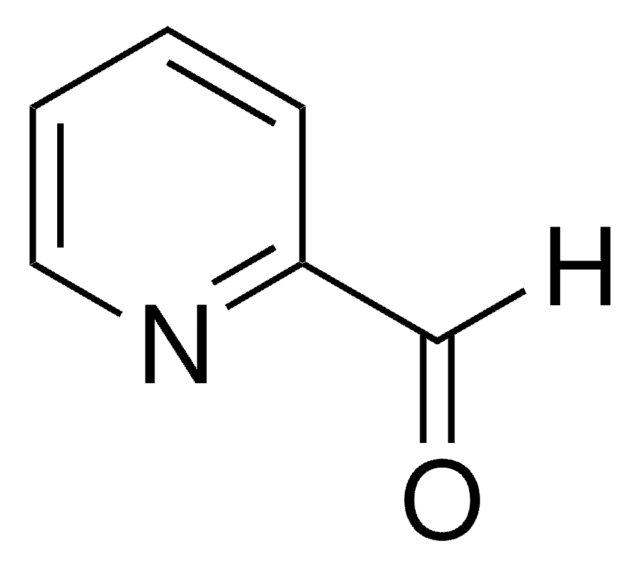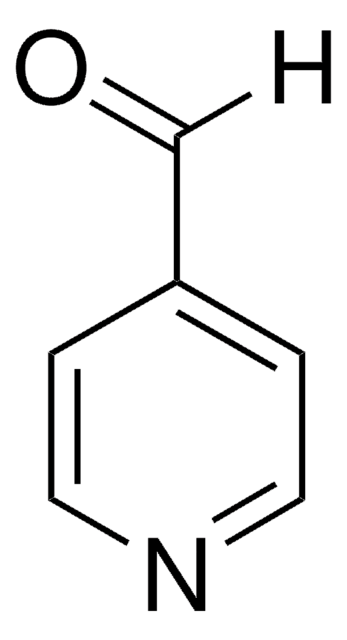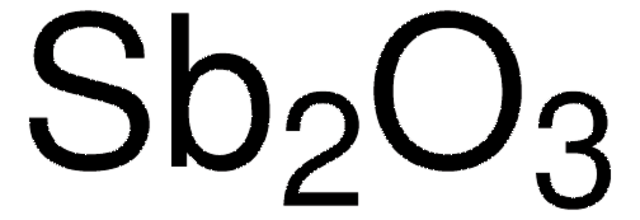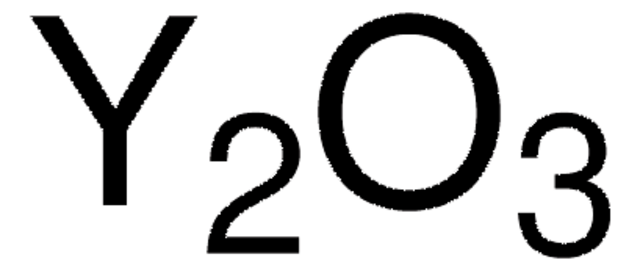추천 제품
설명
beta
분석
99.8% trace metals basis
양식
nanopowder
spherical
반응 적합성
reagent type: catalyst
core: bismuth
표면적
3.2-3.5 m2/g
입자 크기
90-210 nm
벌크 밀도
0.5‑1.1 g/mL
SMILES string
O=[Bi]O[Bi]=O
InChI
1S/2Bi.3O
InChI key
WMWLMWRWZQELOS-UHFFFAOYSA-N
유사한 제품을 찾으십니까? 방문 제품 비교 안내
애플리케이션
- Characterization and Physical Properties of Nano-sized Bi2O3/Polymer: This research investigates the properties of bismuth(III) oxide nanoparticles within a polymer matrix, emphasizing energy and high-refractive index applications. It explores the potential of Bi2O3 in enhancing the performance of composite materials (A Alruwaili, AM El Sayed, 2024).
- Electroanalytical Performance Enhancement by Bismuth (III) Oxide: A study on incorporating bismuth(III) oxide nanoparticles into carbon ceramic electrodes to improve their electroanalytical capabilities, particularly for detecting pollutants in water (M Brycht et al., 2024).
- Visible Light Responsive Photocatalysts for Arsenic Remediation: This review highlights the role of bismuth-based photocatalysts, including bismuth(III) oxide, in the effective remediation of arsenic from water sources, underlining the photocatalytic capabilities of these materials (I Natali Sora et al., 2024).
- High-Performance Composites for Gamma-Ray Shielding: An investigation into fluoroelastomer composites filled with bismuth(III) oxide for their application in gamma-ray shielding, highlighting the material′s effectiveness in blocking radiation (SM Magnere et al., 2024).
특징 및 장점
Preparation of new stabilized, oxide ion-conducting, bismuth vanadate phases by a microwave assisted method, from V2O5, Bi2O3 and other solid oxides, was reported. These ceramics show promise in solid oxide fuel cells, water-vapor electrolyzers and oxygen sensors.
Storage Class Code
11 - Combustible Solids
WGK
nwg
개인 보호 장비
dust mask type N95 (US), Eyeshields, Gloves
이미 열람한 고객
Rifath Sharmin et al.
Journal of the Air & Waste Management Association (1995), 62(9), 1032-1039 (2012-10-02)
Photocatalytic oxidation (PCO) is a promising technology for indoor air purification due to low operating cost, potentially long service life, and low maintenance. Ultraviolet light-emitting diode (UVLED) is a new concept in the field of PCO, which has several advantages
Arun Prakash Periasamy et al.
Talanta, 87, 15-23 (2011-11-22)
In this work, preparation and characterization of a novel nanocomposite containing bismuth oxide (Bi(2)O(3)) nanoparticles and multiwalled carbon nanotubes (MWCNTs) was presented. Powder X-ray diffraction (XRD) studies revealed that as-synthesized Bi(2)O(3) nanoparticles are crystalline and belong to α-phase with monoclinic
Lu You et al.
ACS nano, 6(6), 5388-5394 (2012-05-18)
The novel strain-driven morphotropic phase boundary (MPB) in highly strained BiFeO(3) thin films is characterized by well-ordered mixed phase nanodomains (MPNs). Through scanning probe microscopy and synchrotron X-ray diffraction, eight structural variants of the MPNs are identified. Detailed polarization configurations
Dirk Mansfeld et al.
Chemistry (Weinheim an der Bergstrasse, Germany), 17(52), 14805-14810 (2011-11-29)
The reaction of [Bi(22)O(26)(OSiMe(2)tBu)(14)] (1) in THF with salicylic acid gave [Bi(22)O(24)(HSal)(14)] (2) first, which was converted into [Bi(38)O(45)(HSal)(22)(OH)(2)(DMSO)(16.5)]·DMSO·H(2)O (3·DMSO·H(2)O) after dissolution and crystallization from DMSO. Single-crystal X-ray diffraction analysis and ESI mass spectrometry associated with infrared multi-photon dissociation (IRMPD)
Synthesis and characterization of Bi2O3/HSA core-shell nanoparticles for X-ray imaging applications.
Hagit Aviv et al.
Journal of biomedical materials research. Part B, Applied biomaterials, 101(1), 131-138 (2012-10-24)
Bismuth oxide nanoparticles of 12.1 ± 3.0 nm diameter were prepared by thermal decomposition of bismuth acetate dissolved in ethylene glycol in the presence of an oxidizing agent. Functionalization and stabilization of the hydrophobic Bi(2)O(3) nanoparticles was accomplished by coating
문서
Innovation in dental restorative materials is driven by the need for biocompatible and natural-appearing restoration alternatives. Conventional dental materials like amalgam and composite resins have inherent disadvantages.
자사의 과학자팀은 생명 과학, 재료 과학, 화학 합성, 크로마토그래피, 분석 및 기타 많은 영역을 포함한 모든 과학 분야에 경험이 있습니다..
고객지원팀으로 연락바랍니다.










